How to grow hardy hibiscus in pots – expert advice on container growing
Growing hardy hibiscus in containers is an ideal way to include tropical flowers in smaller spaces
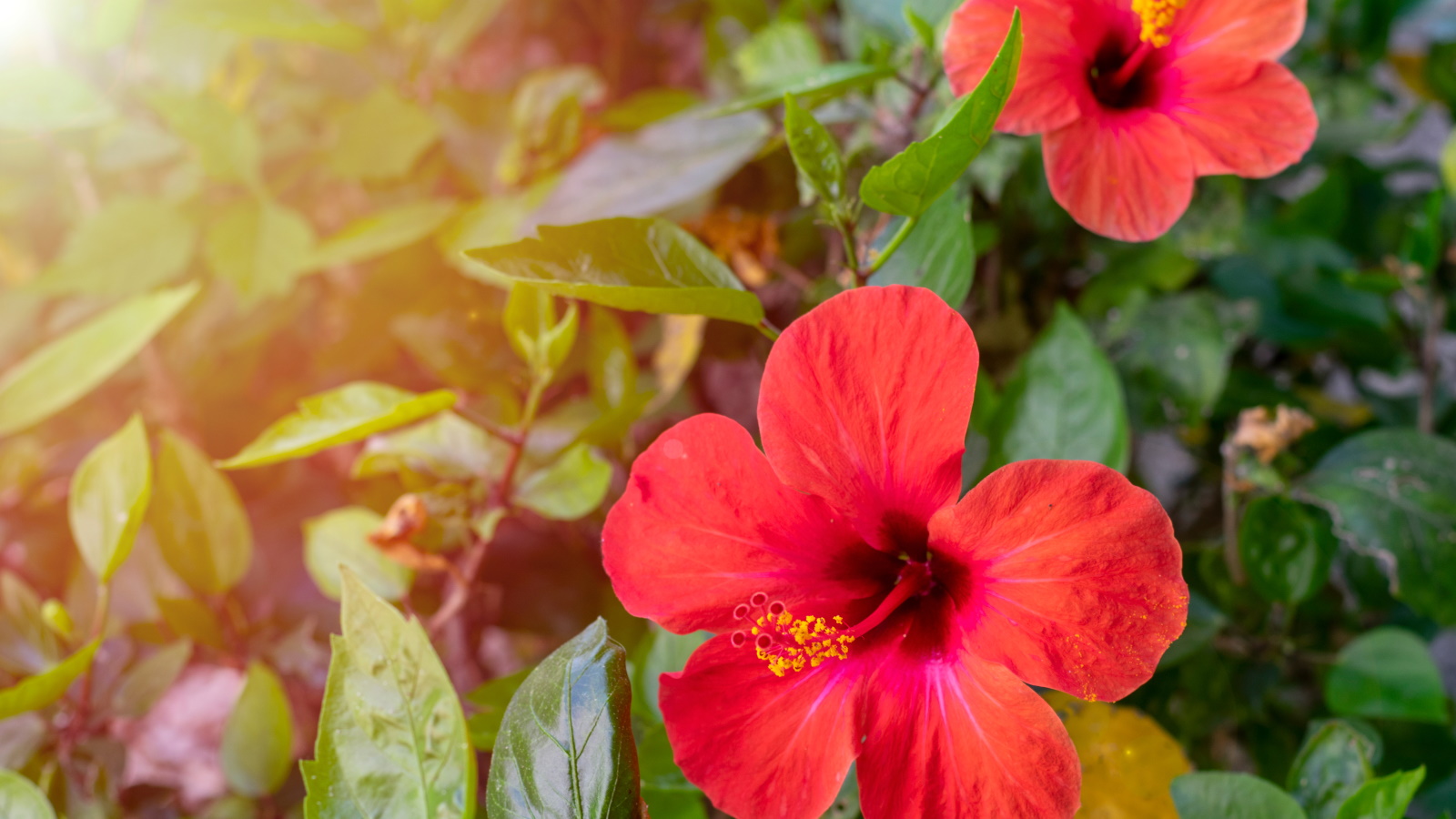

Hardy hibiscus, with its stunning and vibrant flowers, offers a touch of the tropics that can be enjoyed in any backyard. These resilient and frost-hardy shrubs are known for their dazzling blooms in a spectrum of colors ranging from deep red to pristine white, golden yellow to pale pink.
The distinction between hardy and tropical hibiscus is crucial, with most tropical hibiscus varieties unable to survive the winter months in central and northerly locations outside of US hardiness zones 9 - 12.
Hardy hibiscus options, however, many of which are native to North America, will thrive in cooler zones and climates, making them a suitable and popular option that can add tropical floral interest to any yard.
For those aiming to incorporate a tropical and colorful aesthetic into their outdoor space, cultivating these hardy and fast-growing shrubs in pots and containers should be a consideration. Container growing, for example, is an ideal solution for those with limited or reduced space, whilst also enabling flower growing in attractive pots that are visible from your home.
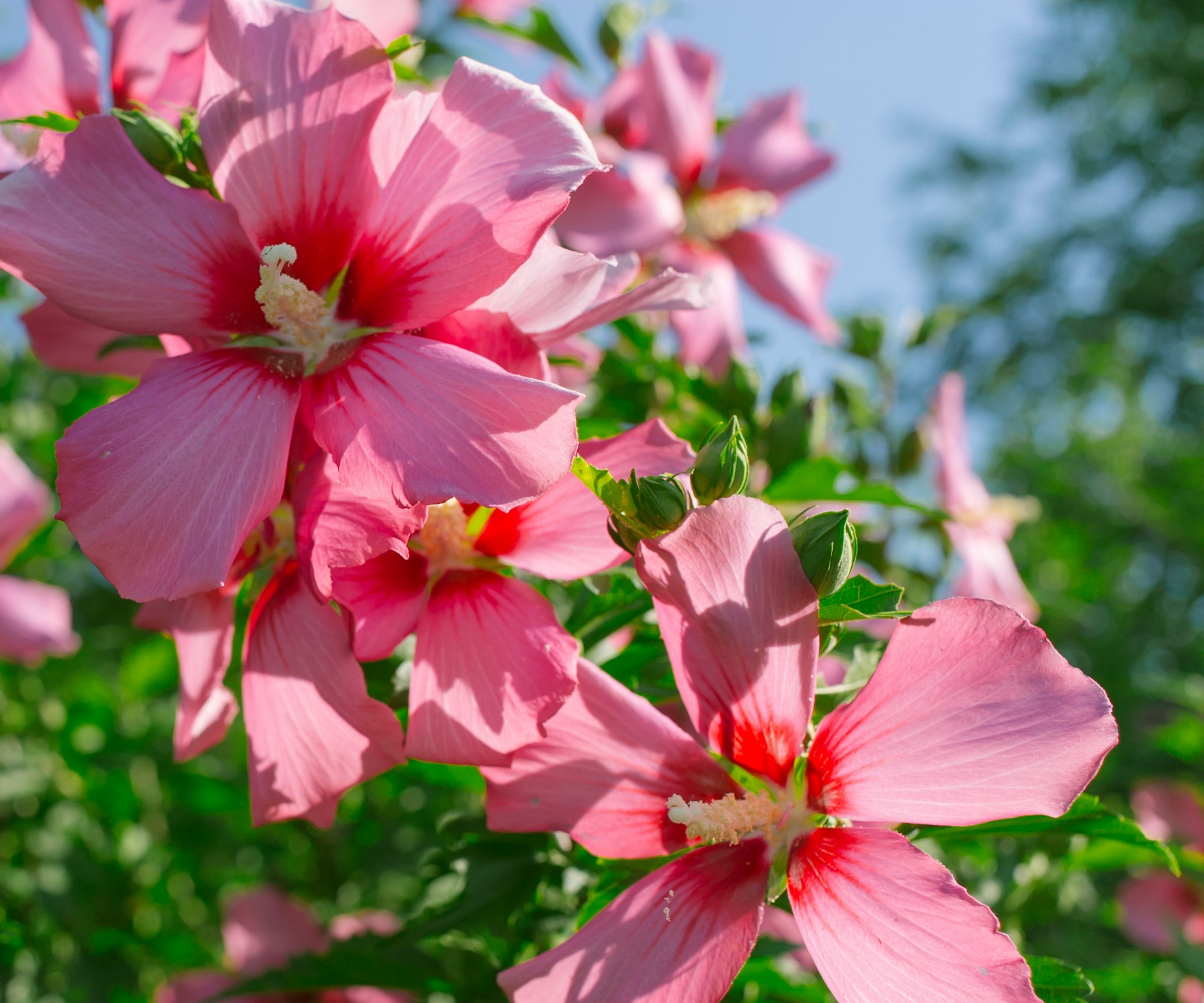
How to grow hardy hibiscus in containers
Hardy hibiscus are ideal shrubs to grow in pots and containers. This is a solution for those with smaller yards or terraces. By following our top tips on cultivating hardy hibiscus in containers, you too can enjoy masses of colorful flowers this year.
Things to consider when planting hardy hibiscus in a container
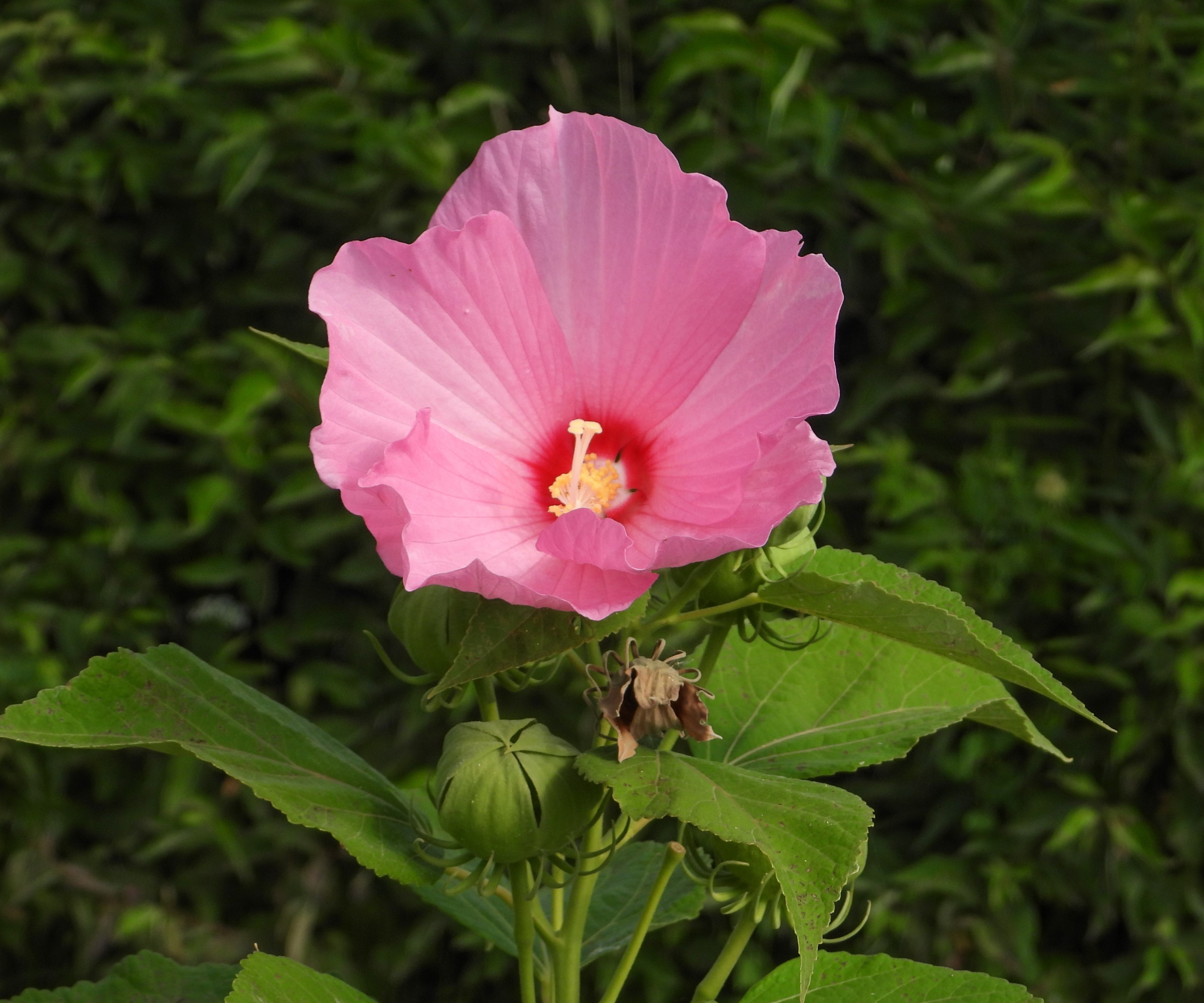
The name 'hardy hibiscus' or 'perennial hibiscus' generally refers to cultivars of Hibiscus moscheutos that can withstand colder conditions and cool temperatures through the winter months when compared with most other hibiscus species. 'Hardy, perennial hibiscus shrubs will thrive in US hardiness zones 4 - 9,' says Tricia Hunt, plant expert and owner of Millstone Nursery.
Hardy hibiscus should be planted in the springtime, when there is no further risk of frost. Despite being hardy, it is best not to plant smaller shrubs and plants when the weather - and the soil - is still warming. If the weather in your location is changeable in early spring, it is best to wait a few more weeks for the risk to abate.
There are many options to pick from, all with bright and brilliant blooms, such as this Hibiscus moscheutos 'Midnight Marvel' from Garden Goods Direct with red blooms, or this Hibiscus moscheutos 'Kopper King' from Garden Goods Direct adorned with pale pink flowers come summer.
Hardy hibiscus shrubs will grow quickly, helping to 'maintain magnificent color... unlike any other flowering plant,' says Tricia. Importantly, hibiscus shrubs will also fill your yard with pollinators and birdlife, known to 'actively attract hummingbirds,' says Tricia.
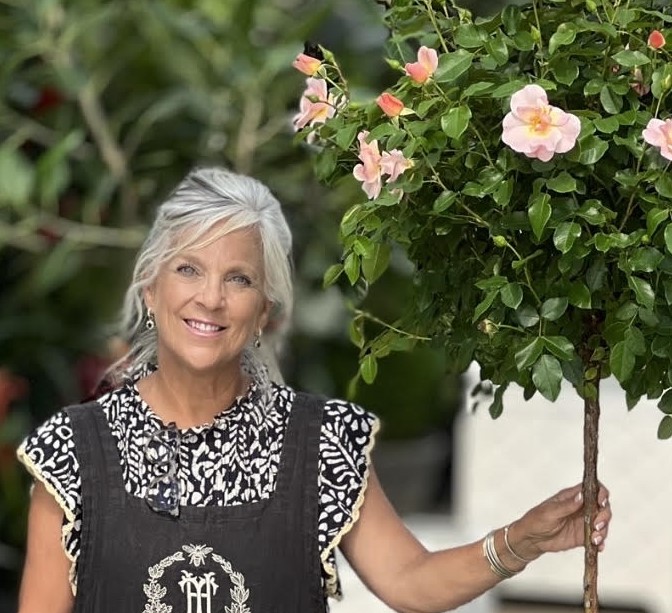
Tricia is the owner and operator of Millstone Market & Nursery, located in the heart of Germantown, Tennessee. Her sweet, Southern-instilled attention to customer service has grown her one-of-a-kind garden center into a destination.
Advice on planting hibiscus in a container
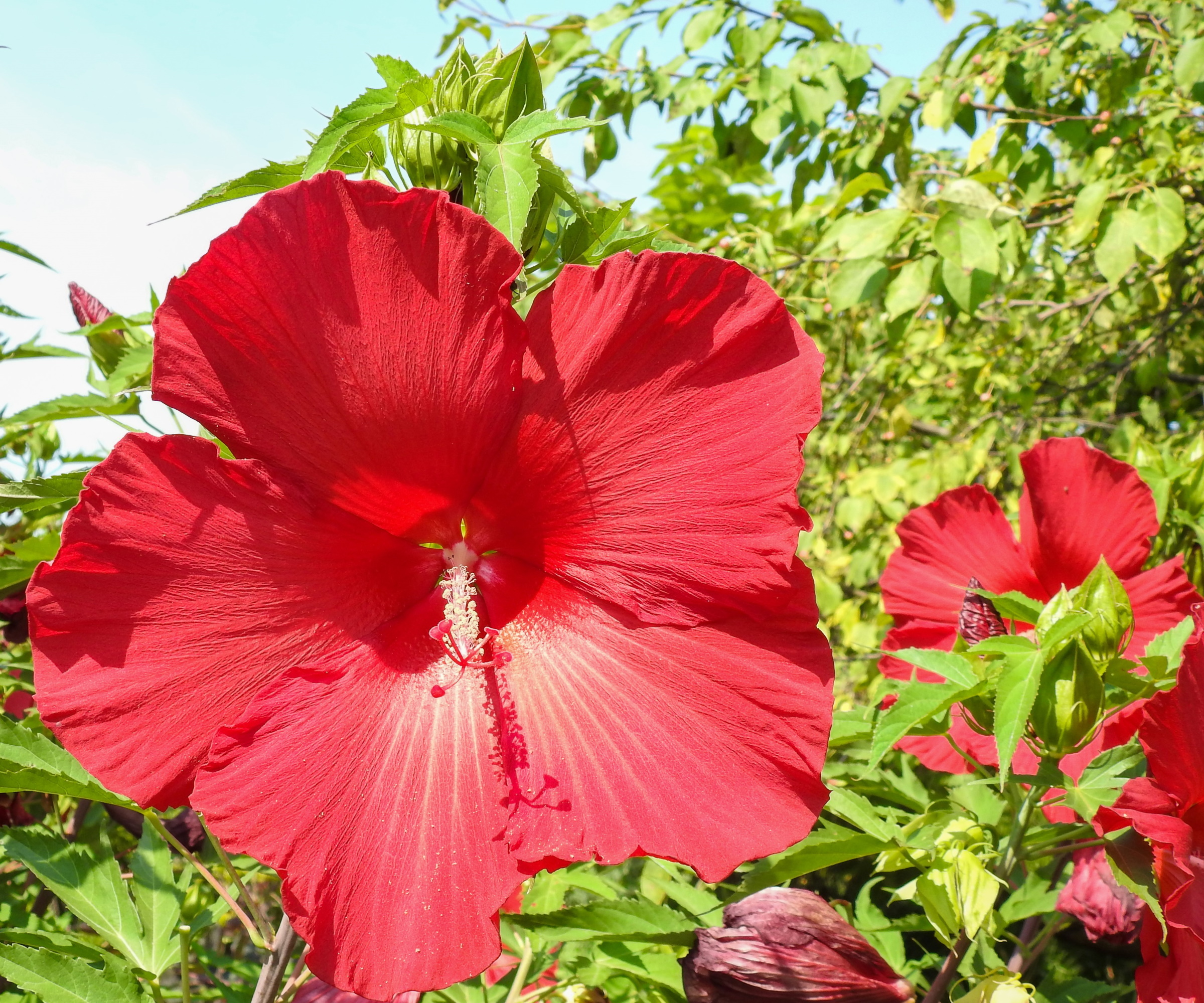
When you have selected your hardy hibiscus shrub, consider the potential growth habit of your new plant. You will want to use a container to suit the needs of the plant. Whilst hibiscus plants generally prefer having their roots slightly cramped, it is best to think about how much your new shrub could grow this year. Using too small a container will reduce the size of your shrub.
When considering how to plant your hibiscus in a container, 'opt for well-drained soil that leans towards the acidic side and is rich in organic matter,' says Tatiana Anderson, plant expert and co-founder of Top Tropicals. 'Consider a mix that includes ingredients like bark, coconut fiber, and perlite.' In doing so you will create a nutritious and well-draining environment in the container for your hibiscus shrub.
Most hibiscus varieties 'are well-suited for container growing,' Tatiana says. 'Particularly in pots ranging from 3 to 7 gallons in size as this offers the flexibility of easily moving the pots around, showcasing certain blooming specimens at certain times.'
Place your container in a sunny spot in the backyard or near the front door, and watch as your shrub grows and blooms in the months to come. It is also a good idea to regularly deadhead hibiscus flowers, which can prolong the flowering season.

Tatiana Anderson is the co-owner and co-founder of Top Tropicals, based in Fort Myers, Florida. Top Tropicals grow and sell a whole range of flowering and fruiting tropical plants.
Maintaining your hardy hibiscus
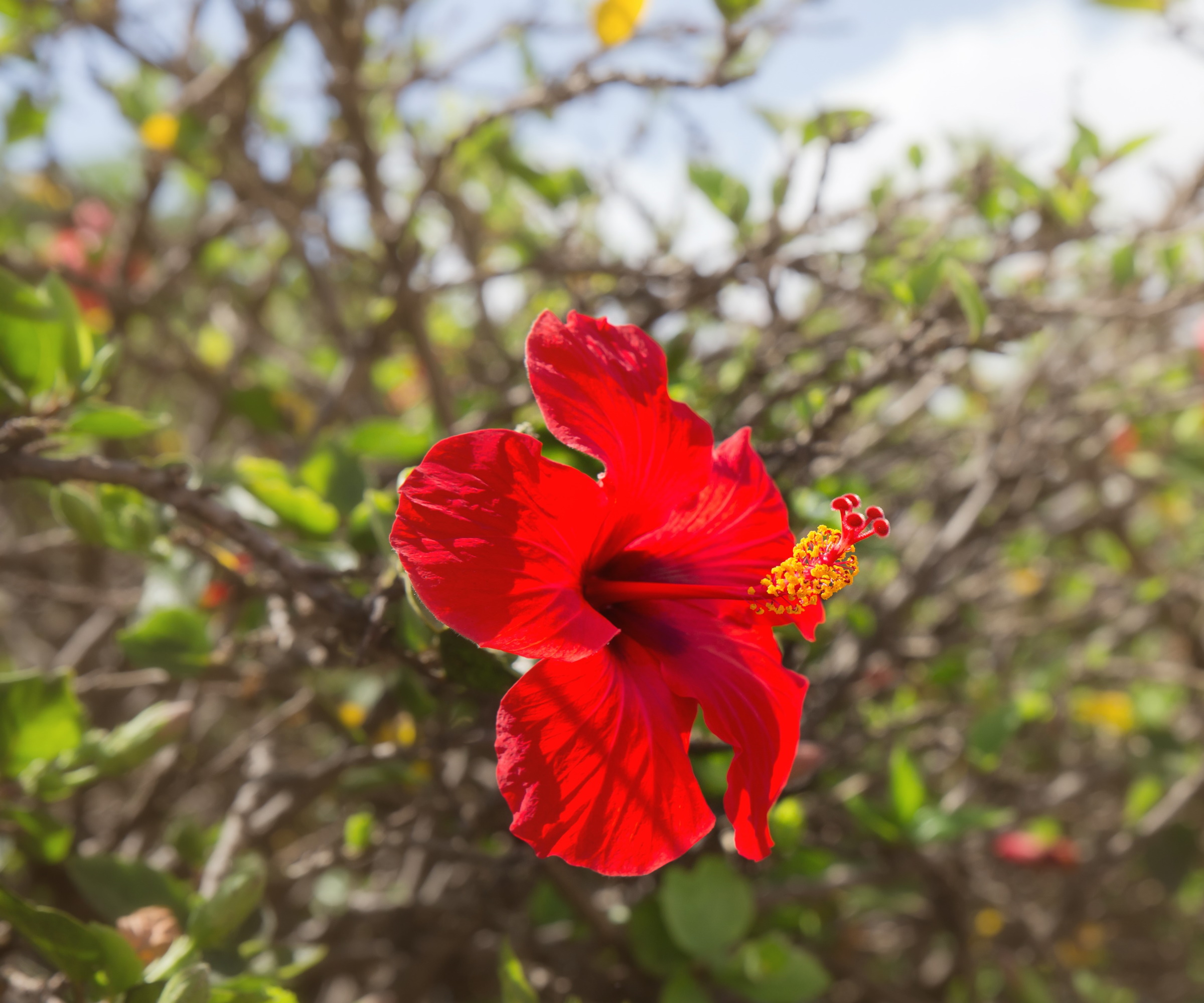
Hardy hibiscus can be relatively thirsty plants, especially in containers, where they can dry out quickly in warm weather. 'It is important to strike a balance,' Tatiana says, 'keeping the water flowing regularly, but making sure that it doesn't linger in your container.' Hibiscus will not enjoy sitting in water, so ensure that drainage is sufficient, 'allowing your hibiscus to thrive in optimal conditions.' One sign to be wary of is yellowing leaves on your shrub, as this can be a sign of over-watering.
Known to be heavy feeders, hardy hibiscus shrubs grown in containers will benefit from fertilizer during the growing months in spring and summer. However, 'caution is needed to avoid over-fertilization with granulated plant food,' Tatiana says.
'Excessive plant food can accumulate in the soil, resulting in an unhealthy-looking plant.' For best results, always dilute your fertilizer according to the instructions on the packaging, and apply it with caution. Using a fertilizer high in phosphorus is ideal, such as this bone meal from Walmart.
Hardy hibiscus shrubs are deciduous and will die off in winter. Following cold weather and frosts in the winter, the foliage will turn brown and collapse. Fear not, at this point, you can prune your hibiscus using clean, sharp pruning shears, which is important to avoid problems with hibiscus pests. Cut stems down to the ground before new growth emerges. This is best done in mid-winter. Come spring, new growth will begin to shoot, and soon enough your container will be full of blooms once again.
Finally, it is recommended to repot any container-grown hibiscus into a larger pot every three years. Doing so will help your pot-bound hibiscus shrub to remain healthy and actively growing each year.
FAQs
When is the best time to plant hardy hibiscus in a container?
It is best to protect your new hibiscus shrub until you can plant it outside in a container in the spring, once all risk of frost has passed. Whilst these shrubs are hardy, it is not recommended to move young plants outside when there is a risk of cold weather, as snowfall and frost can cause irreparable damage. Planting outside in the spring will give your new shrub the best chance to succeed.
Growing hardy hibiscus shrubs in containers will brighten up any backyard or front porch. Why not consider other brilliant blooms to grow in containers, such as growing celosia, and add even more color to your outdoor space?
Sign up to the Homes & Gardens newsletter
Design expertise in your inbox – from inspiring decorating ideas and beautiful celebrity homes to practical gardening advice and shopping round-ups.

Thomas is a Content Editor within the Gardens Team at Homes and Gardens. He has worked as a professional gardener for both public spaces and private estates, specializing in productive gardening, growing food and flowers. Trained in Horticulture at the Garden Museum, he has written on gardening and garden history for various publications, including The English Garden, Gardens Illustrated, Hortus, The London Gardener and Bloom. He has co-authored a Lonely Planet travel book, The Tree Atlas, due out in 2024.
-
 Charli XCX's dining room is a 'treasure-trove' of one-of-a-kind pieces – it's the most unique hosting space I've ever seen (and surprisingly replicable)
Charli XCX's dining room is a 'treasure-trove' of one-of-a-kind pieces – it's the most unique hosting space I've ever seen (and surprisingly replicable)The singer's Tudor-style dining room features eclectic furnishings, a mix of patterns and bright colors that all work together beautifully
By Hannah Ziegler Published
-
 The 5 worst things you can do to your fridge – these will drive up energy costs and result in pricey and regrettable repairs
The 5 worst things you can do to your fridge – these will drive up energy costs and result in pricey and regrettable repairsIt's crucial to swerve these blunders, appliance experts warn
By Ottilie Blackhall Published